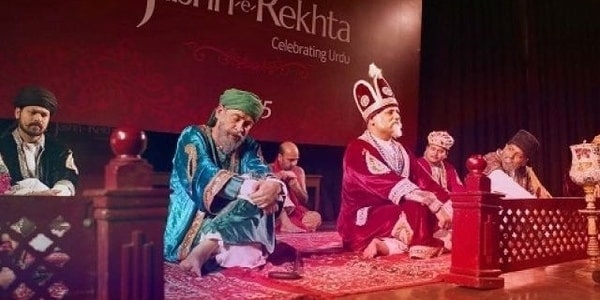Nurtured by Diversity: Tracing the Origins of Urdu as an Indian Language
Urdu, with its mellifluous cadence and poetic charm, holds a significant place in the linguistic landscape of the Indian subcontinent. While often associated with Pakistan, the roots of Urdu as a language run deep in the diverse cultural heritage of India. Delving into its origins unravels a fascinating tale of intermingling cultures, forging a linguistic identity that transcends borders. To understand the genesis of Urdu, one must trace its lineage to the Mughal Empire, which spanned vast territories in the Indian subcontinent from the 16th to the 19th century. The Mughals, hailing from Central Asia, brought with them a rich cultural heritage that merged with the existing tapestry of languages and traditions in India. During the reign of Emperor Akbar, Persian became the language of the royal court, and its influence permeated through various spheres of society. Persian, with its poetic nuances and refined elegance, soon became the language of literature, administration, and intellectual discourse. However, as Persian fused with the local dialects of Hindustani, a new language began to take shape. Urdu, meaning "camp" or "military encampment" in Turkish, emerged as a lingua franca among soldiers and traders, blending elements of Persian, Arabic, and local dialects. It was in the Mughal courts and the bustling bazaars of the era that Urdu evolved into a language of poetry, storytelling, and everyday communication. The rise of Urdu as a language was further propelled by the cultural and literary renaissance that unfolded in the Indian subcontinent during the 18th and 19th centuries. Prominent poets and writers like Mirza Ghalib, Mir Taqi Mir, and Faiz Ahmed Faiz crafted enchanting verses in Urdu, elevating it to the realm of high art. The beauty and expressiveness of Urdu poetry resonated with people across various linguistic and cultural backgrounds. Urdu found fertile ground in the composite culture of India, where Hindu, Muslim, and Sikh communities coexisted and shared their linguistic and cultural traditions. The language absorbed words, idioms, and expressions from Sanskrit, Arabic, Persian, Punjabi, and other regional languages, enriching its vocabulary and giving it a unique flavor. With the partition of India in 1947, Urdu underwent a transformation. Pakistan adopted Urdu as its national language, while Hindi became the official language of India. This linguistic division, however, did not sever the deep-rooted connection between Urdu and the Indian subcontinent. Urdu continues to flourish in India, where it is spoken and cherished by millions of people, transcending religious and regional boundaries. Today, Urdu plays a vital role in India's cultural fabric. It is an official language in the Indian states of Jammu and Kashmir, Telangana, Bihar, and Uttar Pradesh, reflecting its significance in the country's linguistic diversity. As Urdu continues to evolve and adapt to the changing times, its essence as an Indian language remains alive, enriching the cultural tapestry of the nation it calls home.

